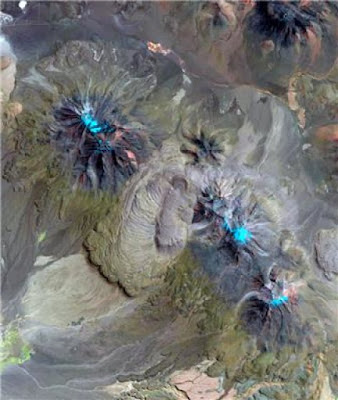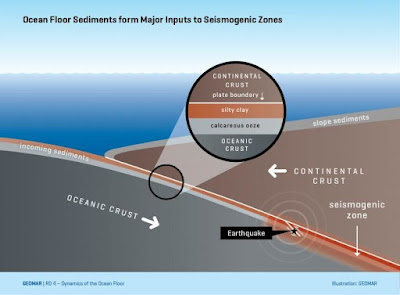The latest Research, Reviews, News and information about Geology / Earth Science from around the web. GEOLOGY INFO
The death of King Albert I of Belgium in 1934 -- officially a climbing accident -- still fuels speculation. Forensic geneticist Maarten Larmuseau and his colleagues at KU Leuven (University of Leuven, Belgium), have now compared DNA from blood found on the scene in 1934 to that of two distant relatives. Their analysis confirms that the blood really is that of Albert I. This conclusion is at odds with several conspiracy theories about the king's death.
On 17 February 1934, King Albert I -- the third King of the Belgians -- died after a fall from the rocks in Marche-les-Dames, in the Ardennes region of Belgium near Namur. Albert I was popular and world famous due to his role during the First World War. The fact that there were no witnesses to his death soon fuelled speculations about the king's 'real' cause of death.
Conspiracy theories are circulating to this very day, ranging from a political murder to a crime of passion: the king is said to have been murdered elsewhere, his dead body allegedly never was in Marche-les-Dames, or his fall is believed to have been staged only later. Evidence for these theories, however, has never been found.
After the death of Albert I, Marche-les-Dames virtually became a place of pilgrimage, and relics turned up with the king's trails of blood, said to have been collected during the night of 17 to 18 February by people living in the neighbourhood.
VTM journalist Reinout Goddyn, who works for the Flemish television programme Royalty, bought one of these relics: blood-stained tree leaves. He wanted to know if this could really be the blood of Albert I, given the conspiracy theories. In 2014, UGent Professor Dieter Deforce had already confirmed that the blood was definitely human.
Forensic geneticist Maarten Larmuseau and his colleagues from KU Leuven (University of Leuven, Belgium) continued the investigation and found two living relatives of Albert I: "King Simeon II of Saxe-Coburg and Gotha, the last tsar and former prime minister of Bulgaria who is related to Albert I on his father's side, and Anna Maria Freifrau von Haxthausen, a German baroness who is related to Albert I on her mother's side, were willing to cooperate. They gave up DNA samples that we compared with the DNA of the trails of blood. We found that the blood is indeed that of Albert I."
This confirmation has historical importance. "80 years after the fact, everyone involved has passed away, and most material is gone; we will probably never be able to dismiss all speculations concerning this 'cold case'. This study was one of the last possibilities to gather additional data. The authenticity of the trails of blood confirms the official account of the death of Albert I. The story that the dead body of the king has never been in Marche-les-Dames or was only placed there at night has now become very improbable. Furthermore, the results show that conducting a perfect legal investigation at the time was impossible right from the start, because souvenir hunters had disturbed the scene."
This type of genetic family-tree research confronts researchers with quite a few ethical questions, adds bioethicist Pascal Borry from the KU Leuven Interfaculty Centre for Biomedical Ethics and Law: "We have to take into account the consequences of this study for living relatives. After all, in addition to the actual identification, a genetic profile can reveal quite a bit of sensitive information, in the context of a kinship analysis or in terms of hereditary conditions. This particular case concerns someone who's deceased and has obviously never given permission for a genetic profile."
"We only focused on the identification of the trails of blood and deliberately avoided deducing unexpected results from the DNA," Larmuseau continues. "The latter was the most difficult aspect of this study. We also want to protect the privacy of everyone involved and of living relatives, and avoid commercialization of the genetic information, following international guidelines for biomedical research. Therefore, the genetic profiles have not been published, but they were double-checked by independent experts. The DNA samples of our study have been destroyed. What is left of the relic will be entrusted to an institution for cultural heritage or a scientific institution."
***
Source:
The above post is reprinted from materials provided by KU Leuven. Note: Materials may be edited for content and length.
Reference:
Maarten H.D. Larmuseau, Bram Bekaert, Maarten Baumers, Tom Wenseleers, Pieter Deforce, Pascal Borry, and Ronny Decorte. Biohistorical materials and contemporary privacy concerns -- The forensic case of King Albert I. Forensic Science International: Genetics, 2016 DOI: 10.1016/j.fsigen.2016.07.008



